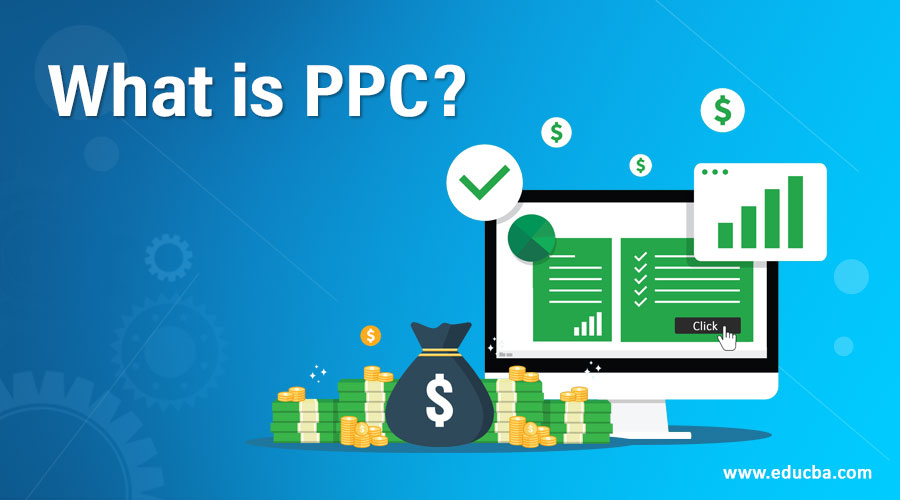Pay-Per-Click (PPC) is a type of online advertising model that has revolutionized the way businesses reach out to potential customers. In this model, advertisers pay a fee each time one of their ads is clicked on by a user.
PPC advertising is a popular way for businesses to drive traffic to their websites, increase brand awareness, and generate leads.
In this article, we will delve into the definition of Pay-Per-Click (PPC), how it works, and why it is essential for businesses in today’s digital age.
Definition of Pay-Per-Click (PPC)
Pay-Per-Click (PPC) is an online advertising model in which advertisers pay a fee each time one of their ads is clicked on by a user.
PPC ads can appear on search engines, social media platforms, websites, and other digital channels.
Advertisers bid on specific keywords or phrases that they want to target with their ads.
When a user searches for those keywords, the ads appear at the top or bottom of the search engine results page (SERP).
If a user clicks on the ad, the advertiser pays the search engine or ad platform a predetermined fee.
How Pay-Per-Click Works
The Pay-Per-Click (PPC) model is based on a bidding system.
Advertisers bid on specific keywords or phrases that they want to target with their ads.
The highest bidder gets their ad displayed on the search engine results page (SERP) or other digital channels.
However, the highest bidder doesn’t always win. Search engines and other ad platforms also consider the quality and relevance of the ad to the user’s search query.
Advertisers with high-quality, relevant ads can often win the bidding war even if they are not the highest bidder.
Benefits of Pay-Per-Click Advertising:
Pay-Per-Click (PPC) advertising has numerous benefits for businesses, including:
- Increased brand visibility: PPC ads can appear at the top or bottom of the search engine results page (SERP), making them highly visible to users.
- Targeted advertising: Advertisers can target specific keywords or phrases, demographics, and geographic locations to reach their target audience.
- Cost-effective: PPC advertising is cost-effective because advertisers only pay when a user clicks on their ad.
- Measurable results: PPC advertising provides real-time data on the performance of the ads, including the number of clicks, impressions, and conversions.
- Quick results: PPC advertising can generate immediate results and drive traffic to a website within a short time.
Conclusion
Pay-Per-Click (PPC) is a powerful online advertising model that has become a crucial component of many businesses marketing strategies.
With PPC, businesses can reach their target audience, increase brand awareness, and generate leads.
By bidding on specific keywords or phrases, businesses can target users who are actively searching for products or services related to their business.
However, PPC advertising can be complex and time-consuming to manage.
Advertisers need to conduct extensive research, create high-quality, relevant ads, and constantly monitor and adjust their campaigns to maximize their ROI.
But with the right knowledge and tools, businesses can unlock the full potential of PPC advertising and achieve their marketing goals.
In conclusion, understanding the definition of Pay-Per-Click (PPC) and how it works is crucial for businesses looking to succeed in today’s digital age.
By utilizing this powerful online advertising model, businesses can reach their target audience, drive traffic to their websites, and generate leads, all while maximizing their ROI.
